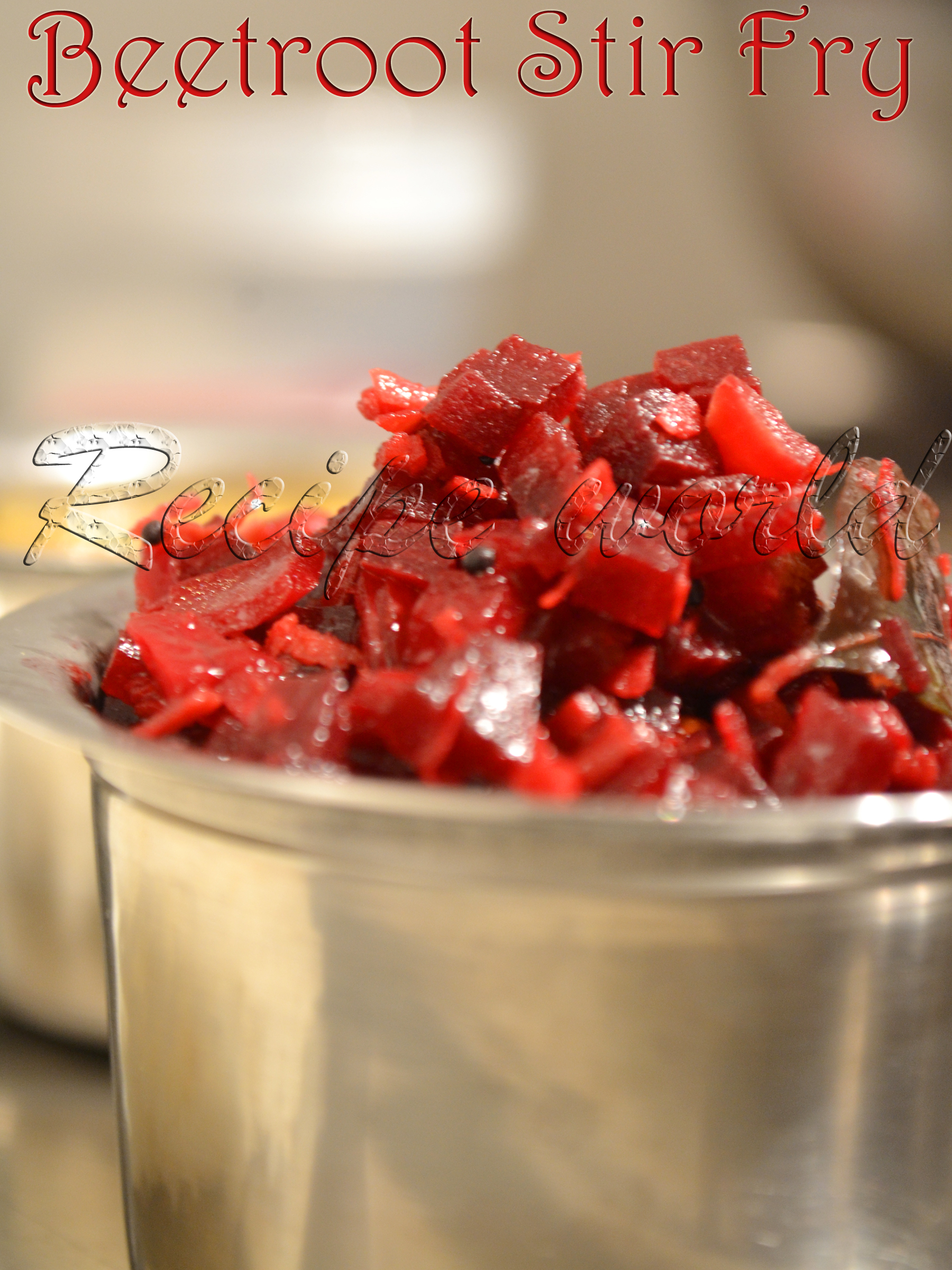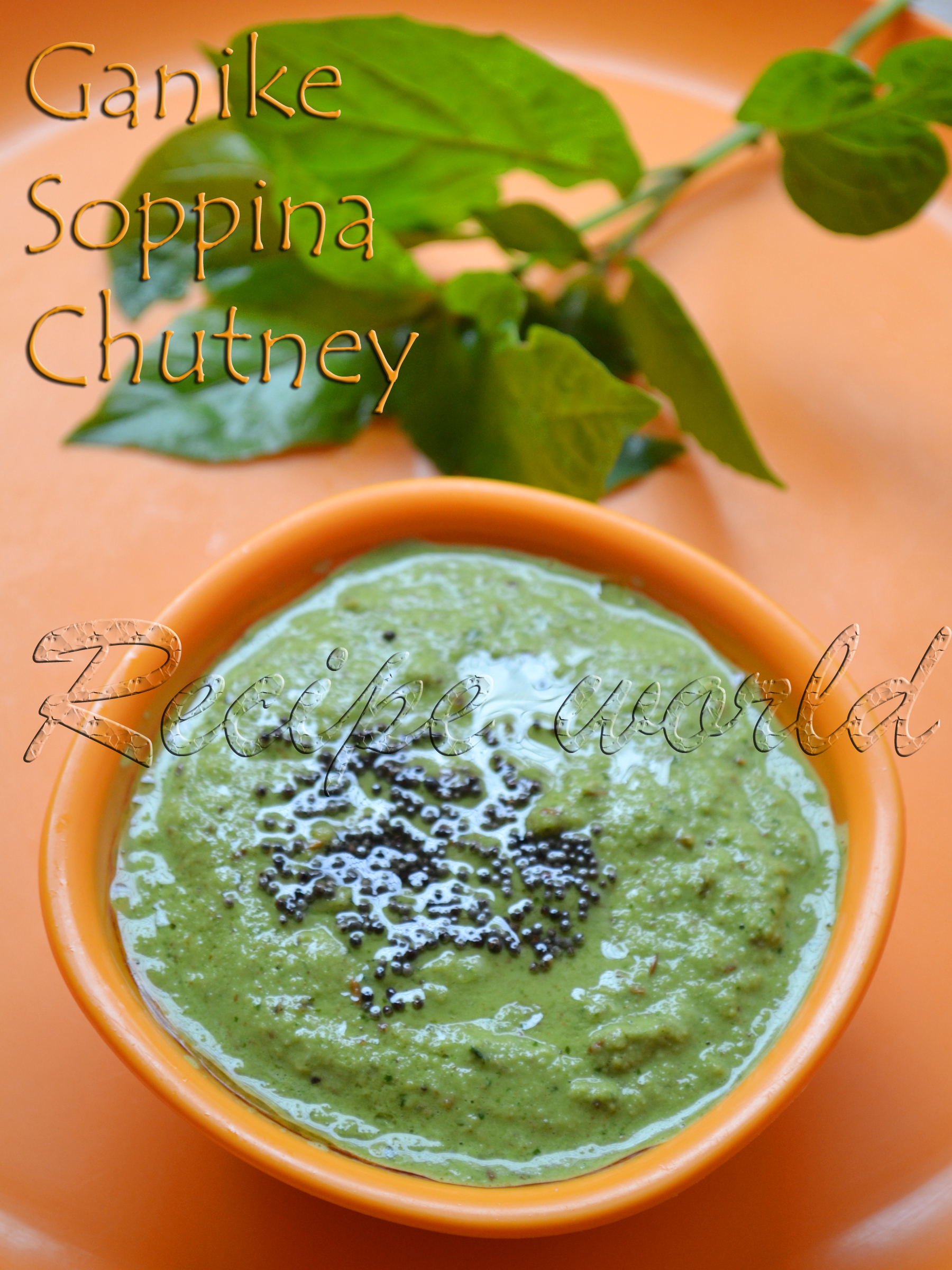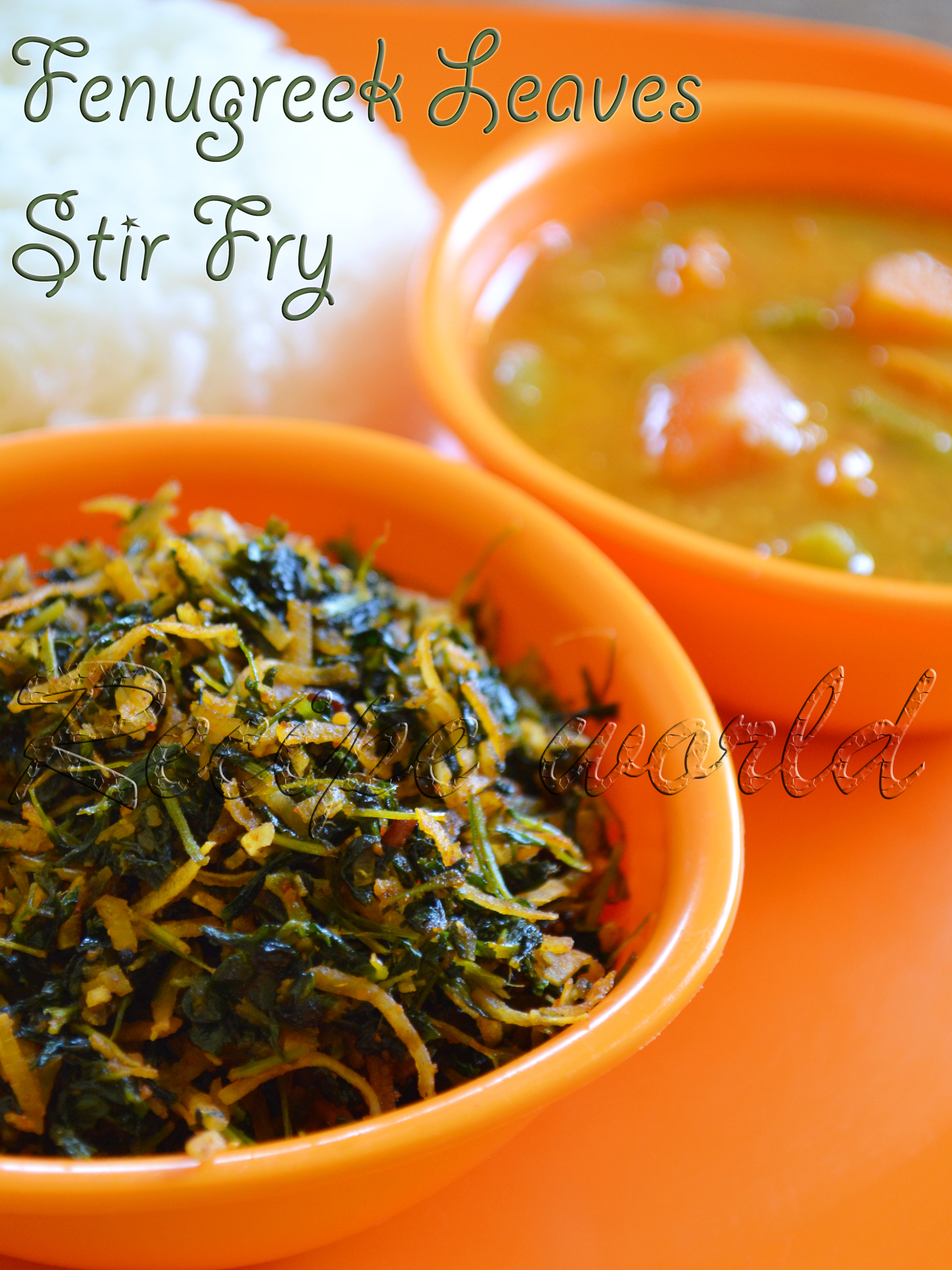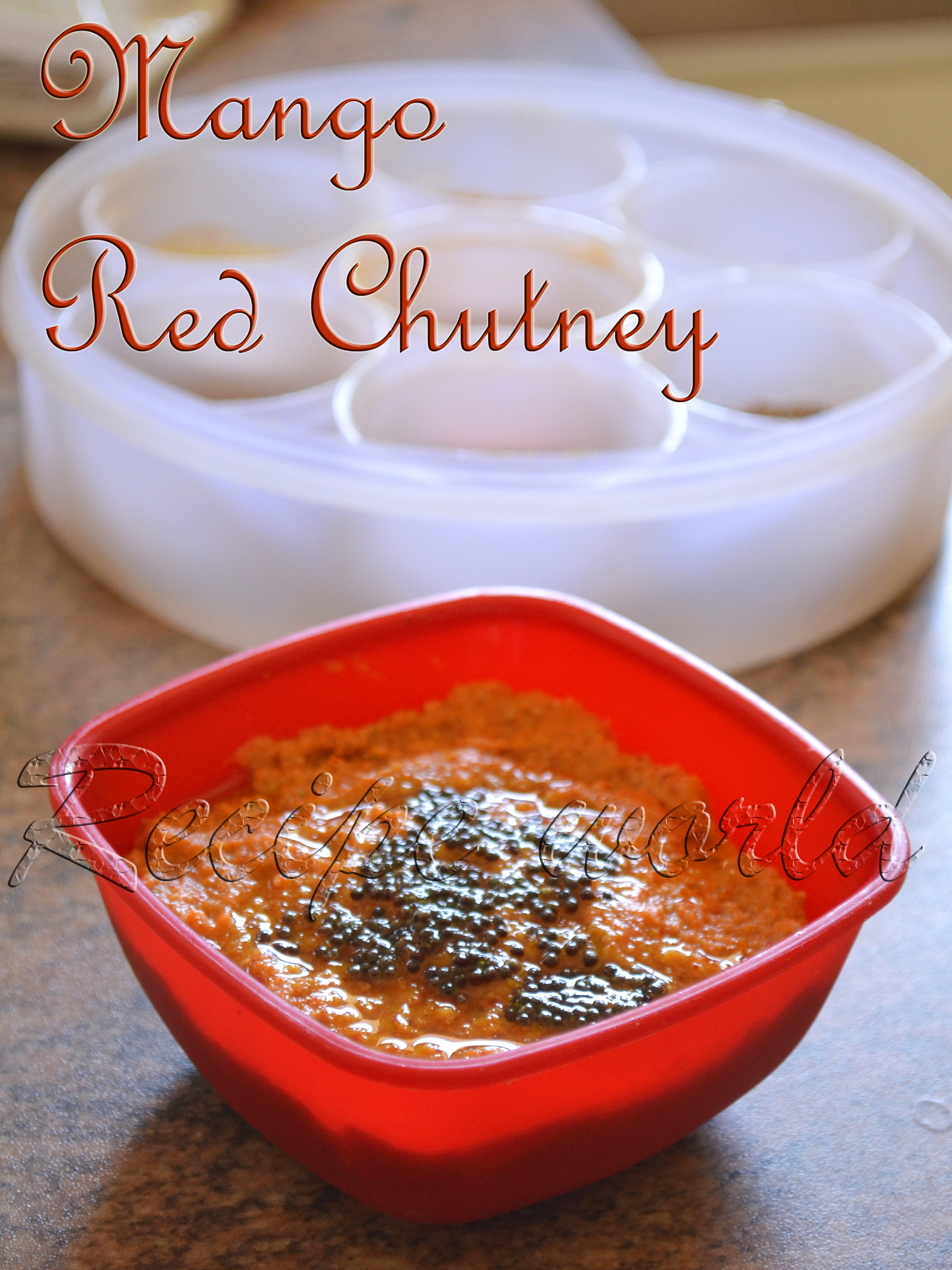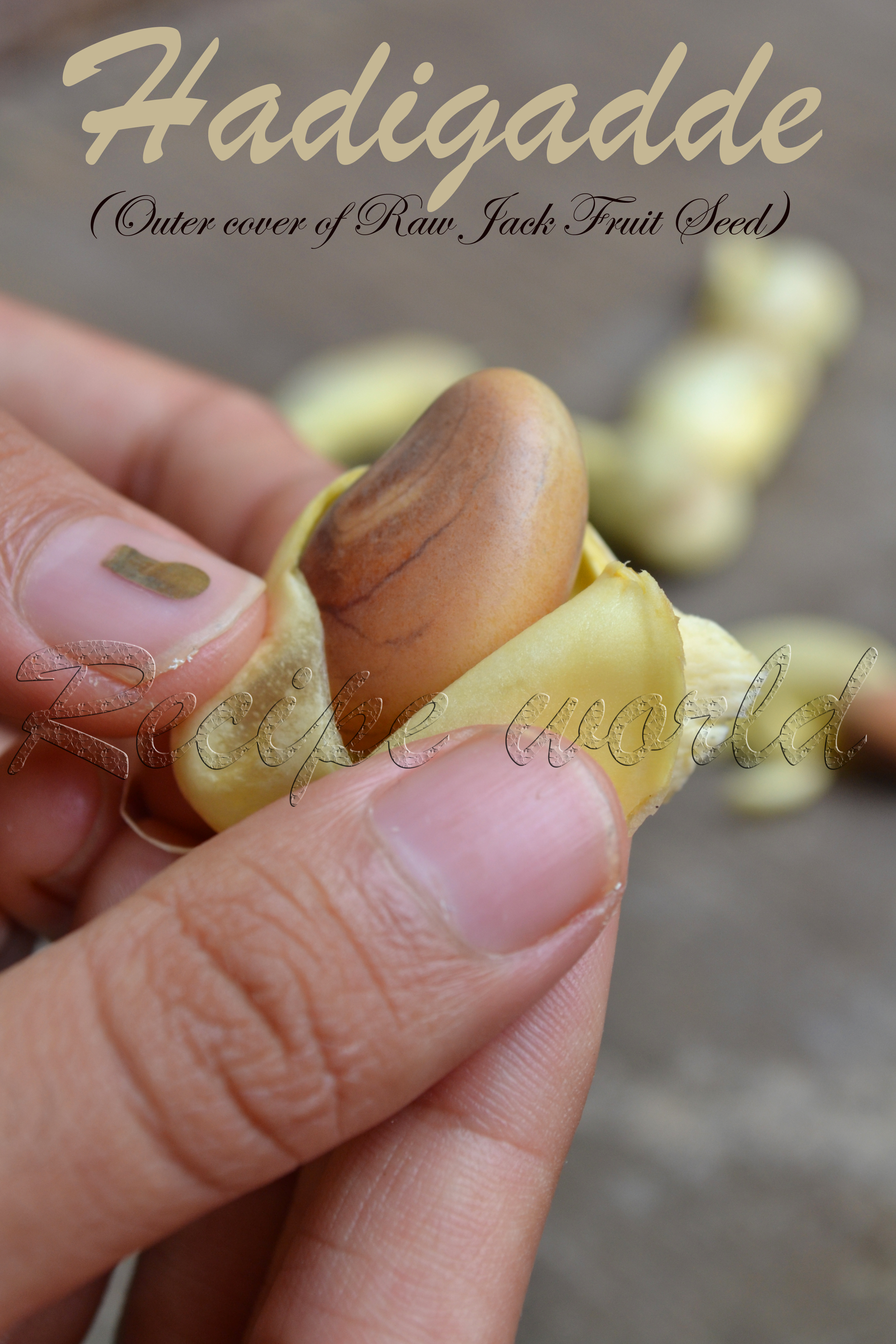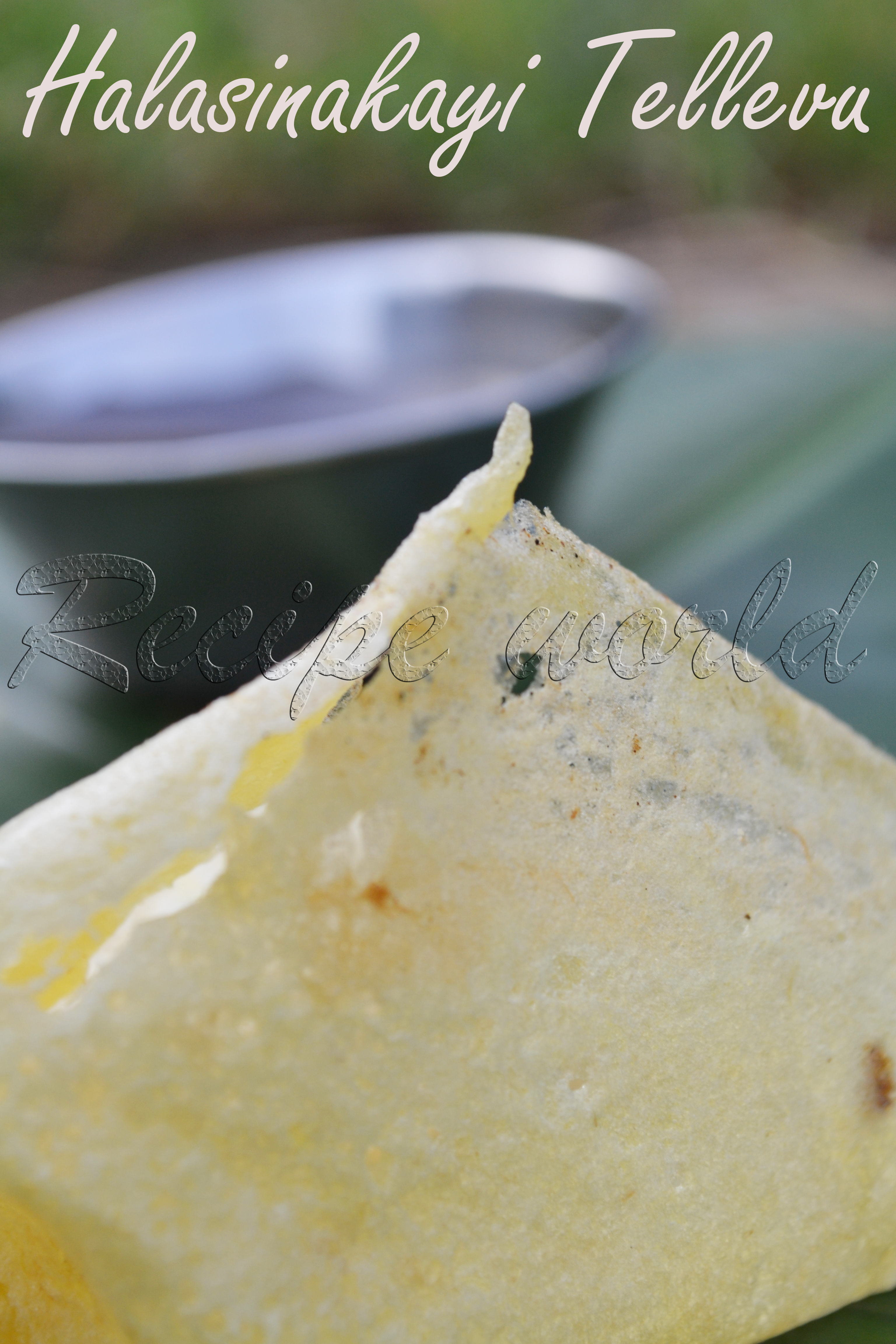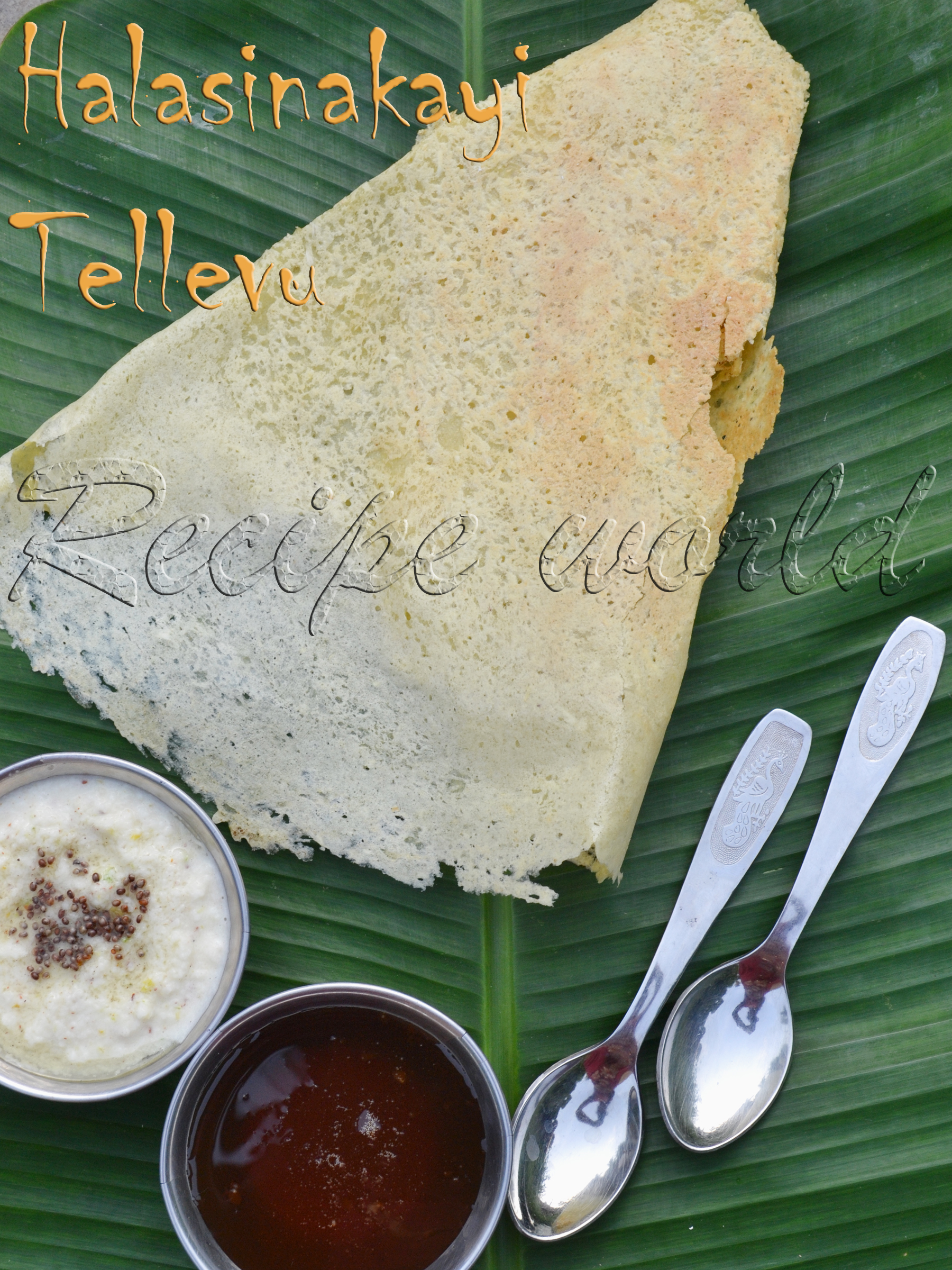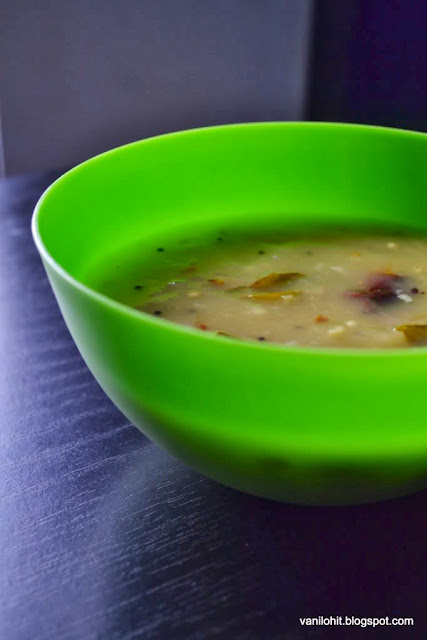Beetroot is one of the nutritious vegetables which tastes awesome with its natural sweetness. This root vegetable is good for preparing delicious stir fry, sambar, salads and sweets. Beetroot Palya / Stir Fry and Sambar are my family favorites. My little one also loves to have it because of its nice red color!
Here is the recipe of Beetroot Palya / Poriyal. This tastes very good with rice, chapathi, roti and poori. Give it a try and let me know your feedback :)
Preparation time: 40 - 45 minutes
Servings: 5
Difficulty level: Medium
Ingredients:
- Beetroot - 1 1/2 bulb
- Dry red chilli - 1
- Urid dal - 1 tsp
- Mustard seeds - 1 tsp
- Asafoetida / hing - big pinch
- Turmeric powder - 1/4 tsp
- Green chilli - 1 (adjust according to taste)
- Curry leaves - 4 to 5 leaves
- Cooking oil - 3 tbsp
- Grated coconut - 1/2 cup
- Onion - half
- Salt - for taste
- Amchur powder - for taste
- Sugar - 1 tsp or according to taste
- Water - 1 1/4 cup or little more (as needed for cooking)
Method:
- Wash the beetroot cleanly and peel off the skin. Chop them finely.
- Heat oil in a heavy bottom pan. Add broken red chilli pieces, urid dal, asafoetida and then mustard seeds. Once the mustard seeds start crackling, add turmeric powder, slit green chillies and curry leaves.
- Saute it for a while and add finely chopped beetroot and mix it well.
- Add 1 1/4th cup of water for cooking the mixture. Close the lid and cook it for 18 - 20 minutes. Stir the mixture occasionally. Add more water if needed.
- When the mixture is almost cooked and water is evaporated, add salt, amchur powder and sugar and adjust the taste. Also add the chopped onion and grated coconut and mix well.
- Cook it for 8 - 10 minutes more and turn off the flame.
- Serve this Palya along with rice, chapathi or poori.
Tips:
- Beetroot bulbs are bit hard. If you find it difficult to chop them finely, just cut them into 2 or 3 pieces and pressure cook till 2 whistles. Then, chop them finely and follow the above recipe. Only change you need to consider is no need to add water after doing the seasoning since the veggie will already be cooked.

